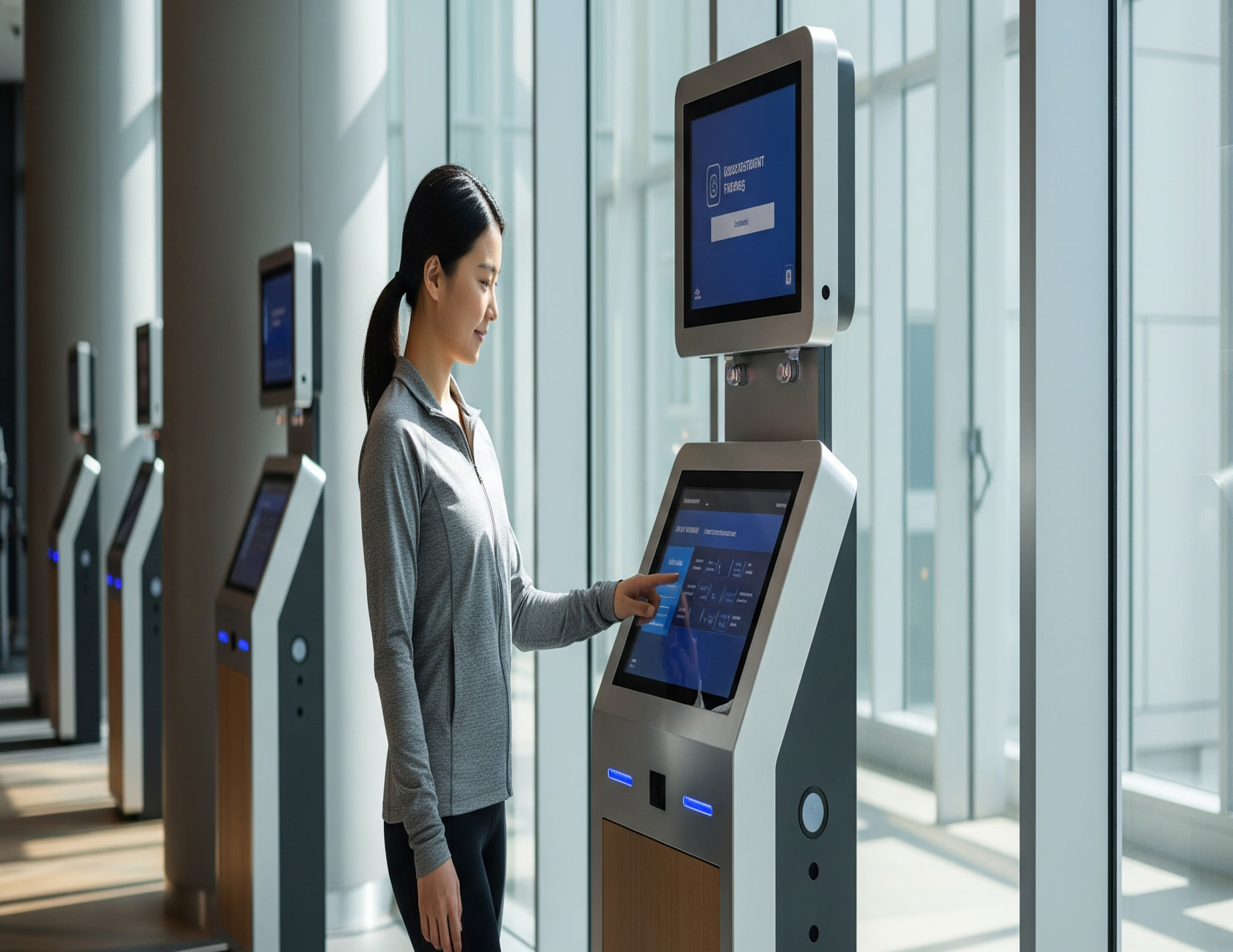.jpeg)
You have limited time to pick up groceries, drop off dry cleaning, and wash your pup. Would you prefer to drive around town looking for parking at 3 different storefronts, or use a one-stop shop?
In today’s market, Class A high-rise residents value their time too much to live in properties that don’t cater to their needs. Properties lacking sophisticated amenities or requiring a myriad of apps are turning affluent residents off. Forbes.com claims single use spaces are no longer relevant, and the same can be said of single purpose apps.
Vertically-integrated software and the spaces it supports must blend seamlessly for a high-rise ecosystem to thrive, not just exist.
Underutilized and ineffective spaces are typical in multifamily buildings, but architecture firms such as Gensler believe changes can be made right where they start - with amenities and perceived value of space. Multipurpose apps are saying, “Same.”

Interoperability is key when running a full suite including digital lease documents, move-in/out options, maintenance bookings, amenity reservations, third-party scheduling, and local community deals.
Imagine the hassle of managing one single purpose app for each of these opportunities. “If these applications are not all integrated into one platform, you are not providing technology as an amenity to your residents, you are providing a massive headache,” statesIoTforAll.com’s James Calder.

Residents want one app for signing a lease, moving, cleaning, food delivery, pet sitting, personal training, amenity booking, resident messaging, and more. Fractured interactions with multiple apps leave dwellers feeling detached from the unified brand a building may be trying to cultivate. And app fatigue is a real problem for active people.
Streamlined operations make Class A buildings easier to manage, and easier to live in.
To keep residents happy, one multi-purpose management app is a necessity. “This one-stop-shop philosophy implies that customers would only need to install one app, sign up once, add their credentials a single time, and then enjoy multiple applications at their fingertips right away, all-in-one,” Dr. Fardad Zand claims on Entrepreneur.com. And once a building transfers to one multipurpose app, residents find single purpose apps a nuisance.

Besides being inefficient and time-consuming, single purpose apps also have negative effects on resident phones. Devices with multiple apps lack performance and drain batteries faster. And who really wants to remember which app you clicked on to do one of ten different errands?
Smart property managers also consider that each app they add to a building’s tech stack may cost them more in the long run when considering upstart costs, set-up time, community distribution, staff training, and more. Sophisticated communities offer the best in lifestyle solutions, and that comes down to uncomplicated interactions with a building’s tech stack for both management and residents.
Modern solutions in the multifamily space means providing meaningful use for the entire building, from individual apartments to communal gyms, event centers, or outdoor pavilions. As Gensler’s principal J. F. Finn told Forbes, “...mixed use can be a bridge to provide more attainable, more secure, comfortable housing.”
It simply comes down to comfort and security — basic needs expected in Class A buildings.
But what’s even more important is the perceived value of that comfort in communal space. If amenities aren’t ample and secure, potential clients won’t pay a premium for apartments. If management doesn’t nourish the feeling of exclusiveness with options like branded apps, residents know they can get it in a different community. Think of it as “exceptional service” FOMO.


.avif)


